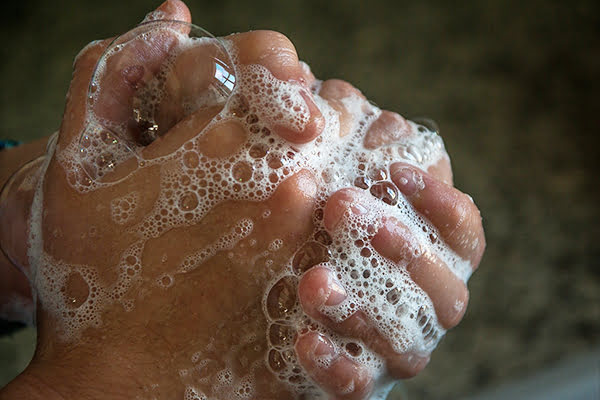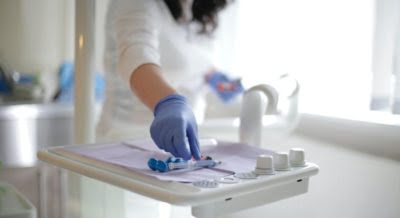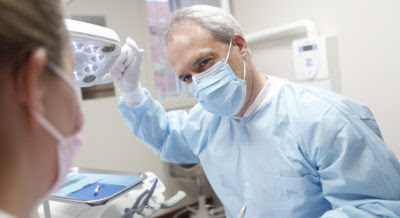As of March 3rd, 2020, only 60 cases of the Coronavirus have been detected in the United States. According to the Centers for Disease Control (CDC), most people in the country are at minimal immediate risk of contracting the virus. However, it is important to stay up to date as the situation evolves and to practice proper hygiene to help minimize the risk of exposure.
Important things to know about the Coronavirus
Three Modes of Transmission
1. Contact Transmission
Direct transmission: transfer of microorganisms from one infected person to another person
Indirect transmission: transfer of an infectious agent through a contaminated intermediate object or person (e.g. handshakes, desk and office equipment, etc.)
2. Droplet Transmission
Transmission of pathogens through close respiratory or mucous membrane contact with respiratory secretions.
3. Airborne Transmission
Transmission of infectious agents that remain infectious over long distances when suspended in the air.
Practicing Proper Hygiene
When it comes to proper hygiene, there are two key areas to focus on: hand hygiene and respiratory hygiene.
Hand Hygiene

Hands are the most common mode of pathogen transmission. The term “hand hygiene” includes both hand washing with either plain soap or antimicrobial soap AND using alcohol‐based hand rubs that do not require the use of water.
When to perform hand hygiene
NOTE: Avoid touching your face after touching potentially contaminated objects or surfaces.
Hand washing technique
Using an alcohol‐based hand rub
What is the most effective hand hygiene technique?
The table below shows that using an alcohol-based hand rub is the most effective means of killing bacteria. However, it is recommended that you wash AND/OR sanitize your hands often.
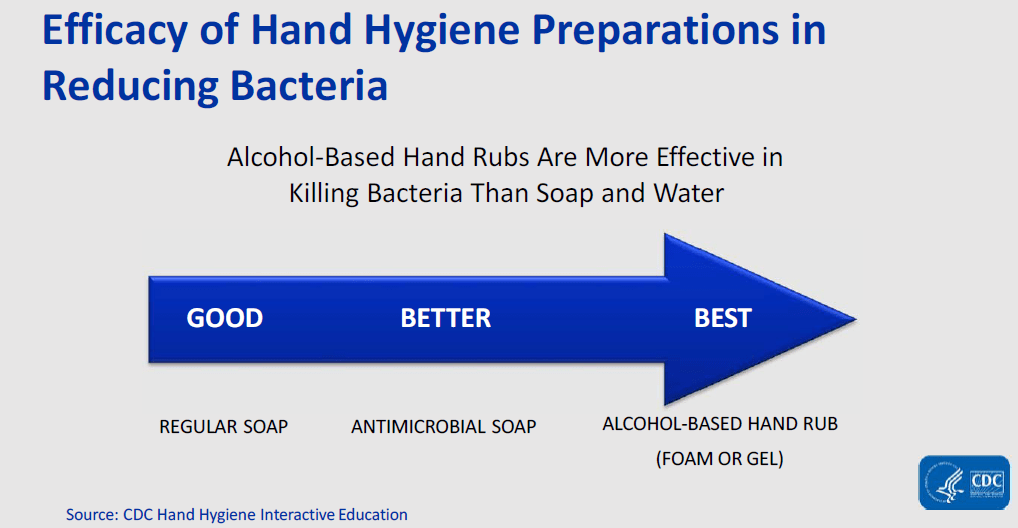
Respiratory Hygiene
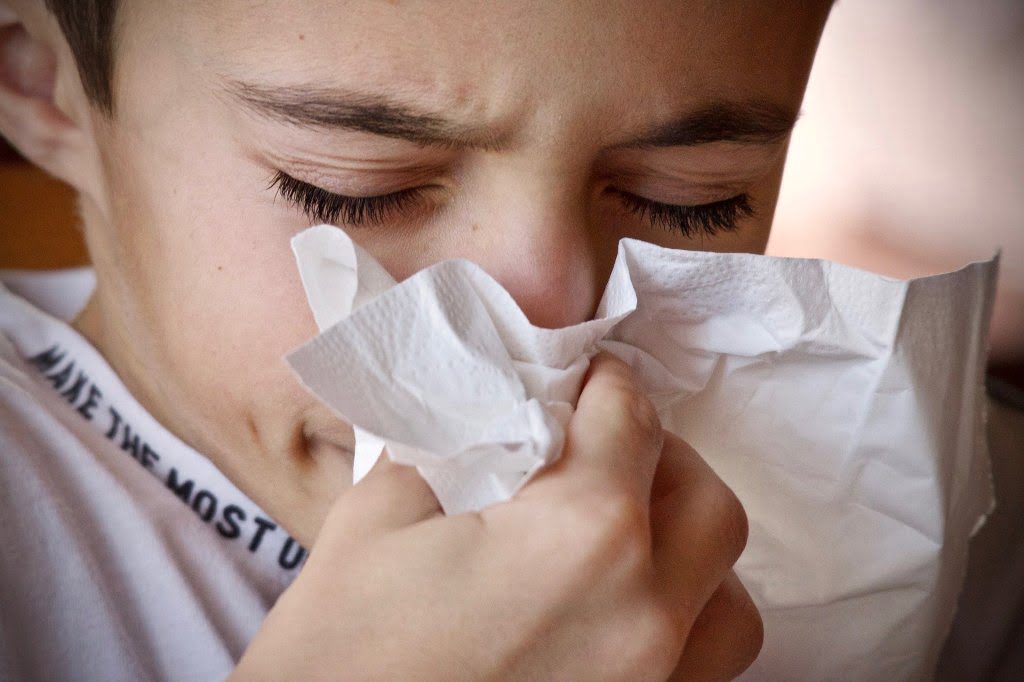
According to the CDC, there are certain rules of respiratory hygiene and cough etiquette that should be followed to minimize contamination and the spread of a virus.
Cough etiquette: Measures to contain respiratory secretions
Perhaps the most important method of preventing the spread of infections is through MITIGATION. Therefore, people with symptoms should be encouraged to work from home or take a sick day.
What steps can you take to protect yourself from the Coronavirus and other infections?
Wearing masks in public spaces has become a popular infection control strategy. People can be seen wearing masks in airports, universities and hospitals, especially during flu season.
Do they help?
The CDC recommends hand washing as the main prevention strategy. Wearing a surgical mask to prevent illness is a personal decision. However, if you do choose to wear one, please ensure that the mask is worn, handled and disposed of properly.
Refer to our previous blog
“Are you wearing the right mask and wearing it right?”
for more details regarding the proper use of face masks.
As with any infection control practice, an important factor for achieving maximum mask effectiveness is compliance. We can all do our part to help prevent the spread of viruses.



 English (US)
English (US)